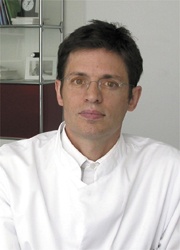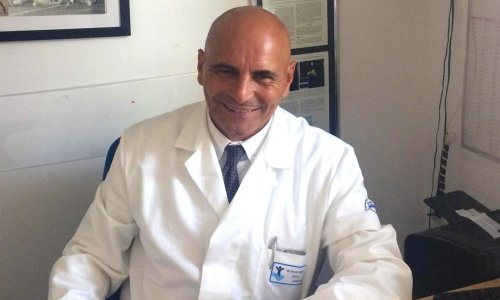Successfully treating CHD in infancy
Germany - 0.7% of newborn babies need surgery for congenital heart defects (CHD) - i.e. around 5,000-6,000 children in every 700,000 born.

Assistant Medical Director at the German Childrens Heart Centre, Asklepios Klinik Sankt Augustin GmbH
In the entire CHD spectrum, some defects are ideally treated in the first month of life (newborn period), first year of life (infancy) or in childhood before entering school. Indication for surgery depends on symptoms - either cyanosis, congestive heart failure, failure to thrive or haemodynamic reasons. After the introduction of minprostin and the Rushkind procedure almost the only real surgical emergency is for obstructed total anomalous venous return, because oxygenated blood from the lungs does not reach the systemic circulation. The following heart defects are recommended for correction in the first month of life: transposition of the great arteries, critical aortic stenosis and critical coarctation of aorta, interrupted aortic arch, truncus arteriosus, hypoplastic left heart syndrome, anomalous origin of the left coronary artery etc. In the first year of life, the following heart defects should be treated surgically, before irreversible damages to lung and heart occur: persistent ductus arteriosus, ventricular septal defect, atrioventricular septal defect (AVSD), and Tetralogy of Fallot. Before school age, all CHD with no irreversible damage to heart and lung should be corrected e.g. atrial septal defects.
For all CHD one may argue that the earlier the defect is corrected the shorter the heart has to suffer from dysfunction. Furthermore, correction of CHD indicates an anatomical correction and not palliation, such as banding the pulmonary artery for AVSD in order to limit pulmonary blood flow, or placement of an aorto-pulmonary shunt in Tetralogy of Fallot because of cyanosis.
After about two years of age, complex CHDs in functionally uni-ventricular hearts are treated by aiming at a perfect Fontan circulation, by early banding of pulmonary arteries in the case of pulmonary hypertension, and implantation of a limited-sized shunt in the case of cyanosis. The ideal Fontan circulation then allows maximal passive blood flow from the superior and inferior vena cava to the pulmonary arteries.
Increasing knowledge in science and physiology and advanced surgical techniques, have led to low mortality even for correction of complex heart defects in infancy, especially in specialised high volume heart centres where over 250 procedures are performed annually. Very few centres in Germany can offer this level of high expertise, thus centralisation of heart centres for congenital disease should be promoted.
01.07.2004











